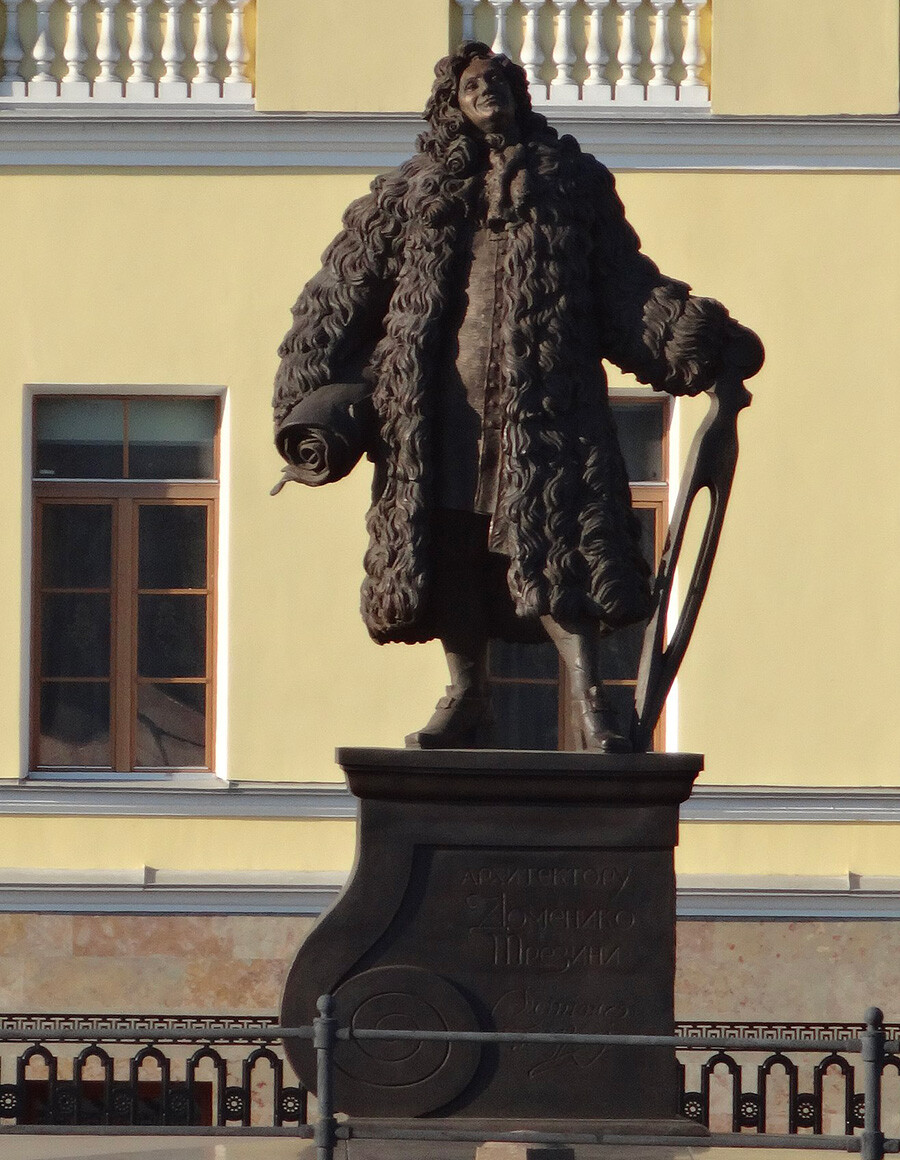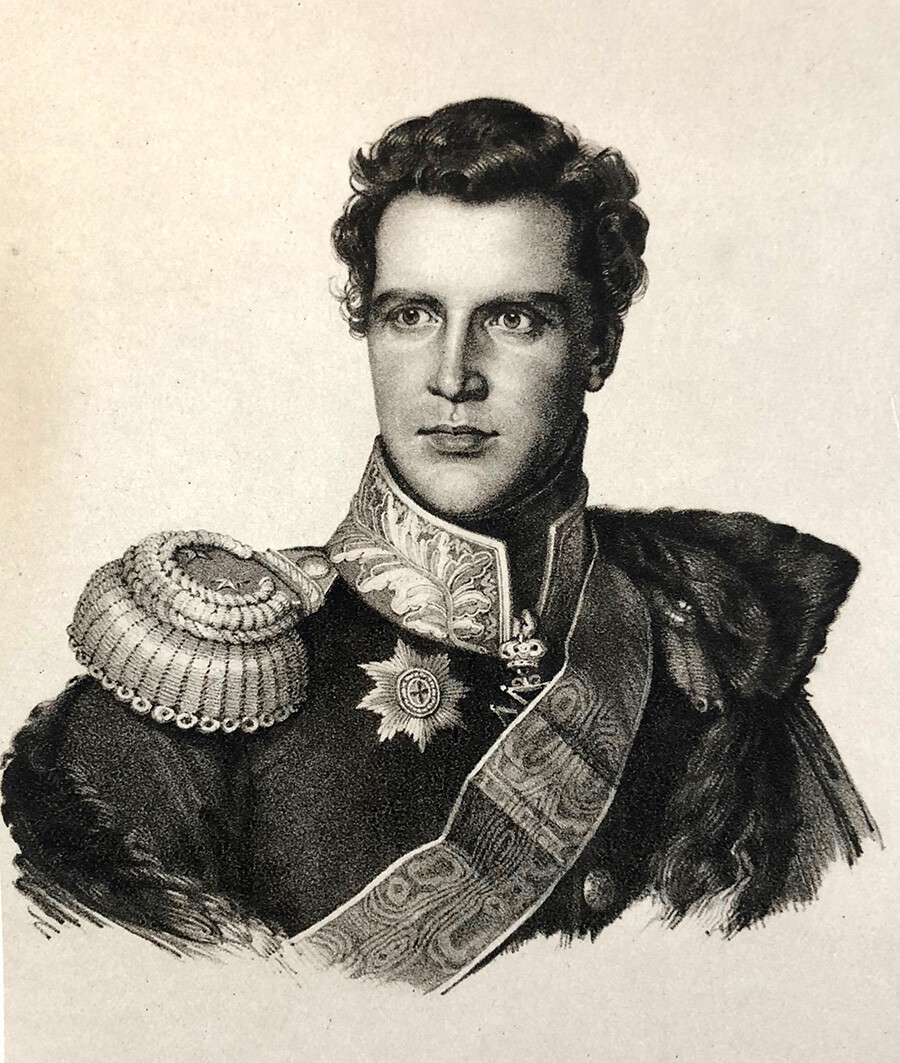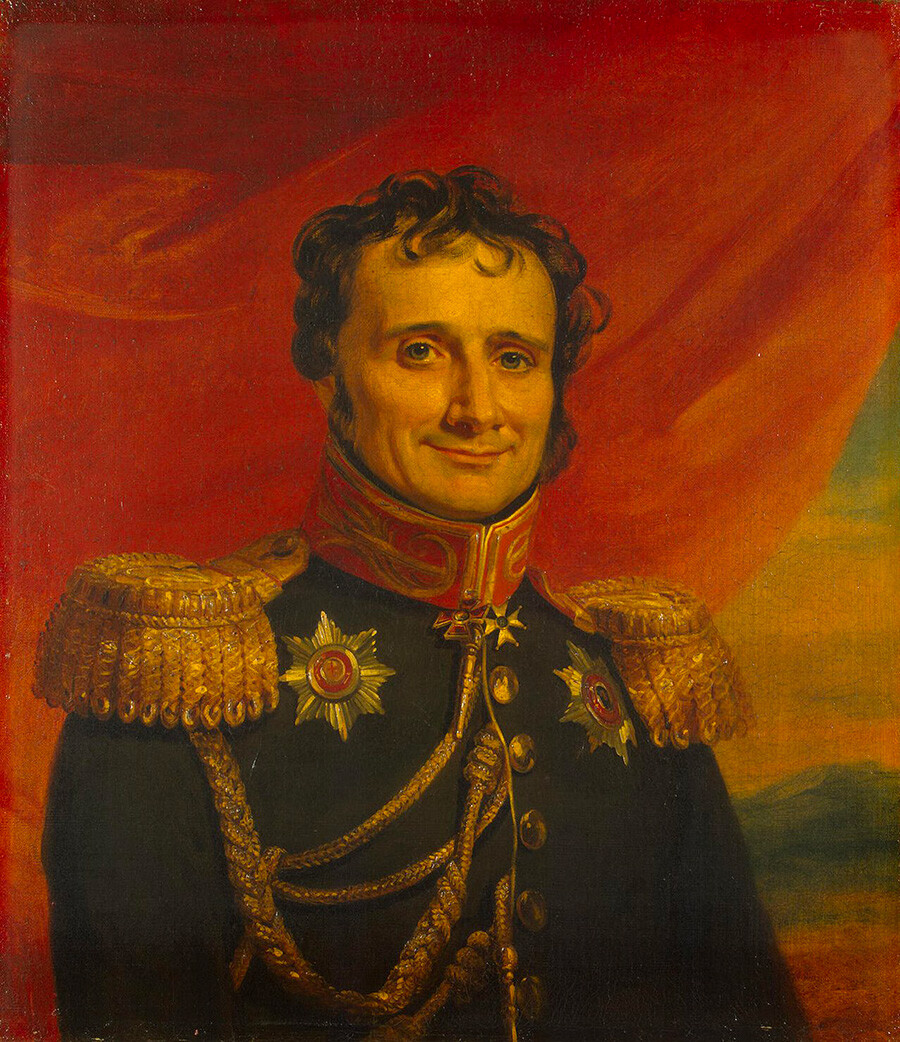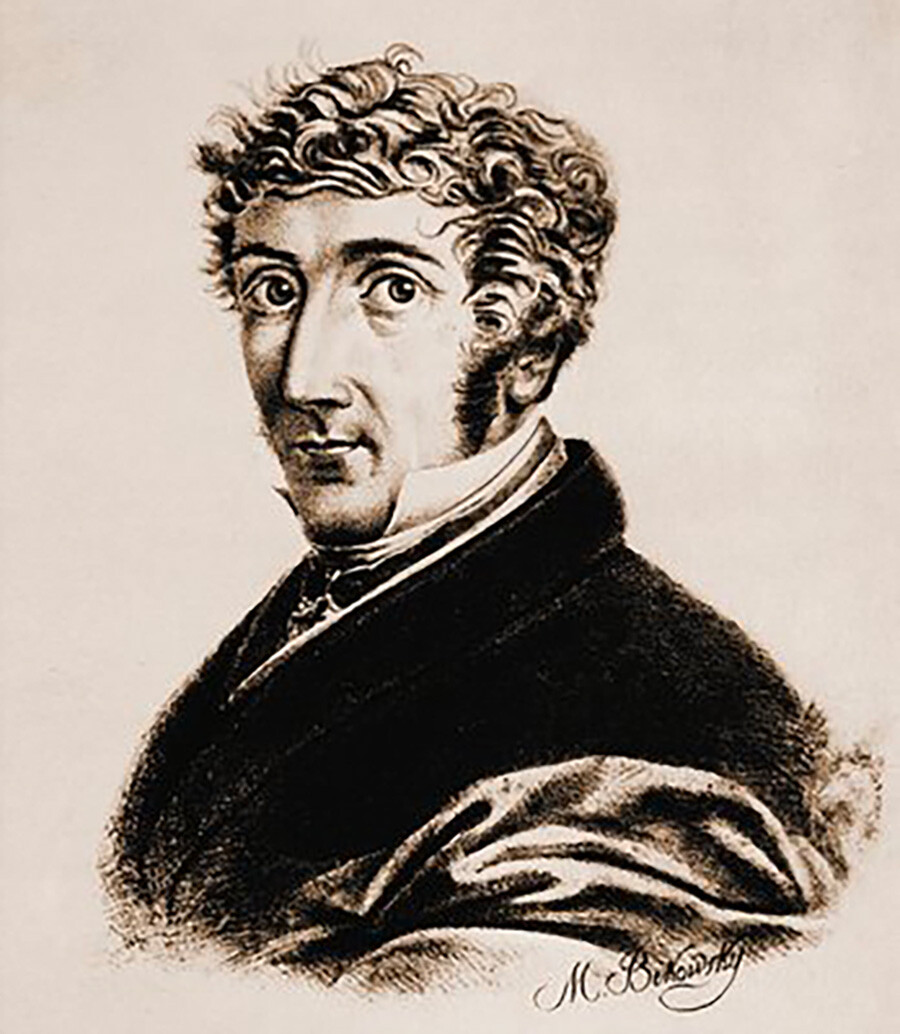

The architect and engineer Domenico Andrea Trezzini was working on the construction of forts in Denmark when he was noticed and invited into Russian service by the Russian ambassador in Copenhagen, Andrei Izmaylov. The Italian-speaking Swiss national arrived in St. Petersburg in 1703.
Since Russia was engaged in an arduous war against Sweden at the time, Trezzini was tasked with ensuring the defense of the young city on the Neva. Domenico coped with the task brilliantly. The forts built by him successfully repelled the attacks of Swedish naval squadrons and, through his efforts, the originally wooden Peter and Paul Fortress, one of the main citadels of St. Petersburg, was completely rebuilt in brick and stone. In its grounds Trezzini laid the foundation of the Peter and Paul Cathedral, which would subsequently become the main burial place of the Russian emperors.
The Swiss architect worked in the so-called "Petrine Baroque" style, known for its architectural restraint. Among his other projects were Peter the Great's Summer Palace, the Alexander Nevsky Lavra (Monastery) and the Twelve Collegia (Twelve Colleges) building, which now houses St. Petersburg State University. Nevertheless, the talented architect always considered the Peter and Paul Fortress to be the "very first of his foremost works".

This native of Zurich devoted his whole life to military service. Having risen to the rank of major in the Swiss army, in 1816 he decided to move to distant Russia, which had only recently brilliantly defeated Napoleon.
Fäsi's finest hour in his new homeland was the Polish uprising of 1830-1831. By this time, Karl Karlovich (as he came to be known in the Russian manner) was already a major general. More than once he demonstrated fearlessness on the battlefield, personally leading troops into attack, as he did near Liw in March 1831. On this occasion, two battalions under his command, despite heavy enemy fire, broke into the Polish redoubts and took more than 200 of the defenders prisoner. In April the same year he even managed to capture General Girolamo Ramorino, commander of the Polish 2nd Corps (although the enemy managed to free him shortly afterwards).
Subsequently, Fäsi acted just as daringly and bravely in the Caucasus where he found himself fighting against the highlanders, led by Imam Shamil, who were resisting Russian domination. In recognition of his services, Fäsi was awarded a gold sword with diamonds inscribed "For Bravery".

The military commander and theorist of the art of war, Antoine-Henri Jomini, was one of the most prominent Swiss nationals in the service of Russia. It is a curious fact that before moving to Russia he had actively fought against it.
In the ranks of the French army, Jomini participated in the military campaigns of 1805 and 1807, which ended in heavy defeats for the army of Tsar Alexander I. After Napoleon's invasion of the Russian Empire in 1812, Jomini became governor of occupied Vilno (Vilnius) and then Smolensk. During the retreat of the French troops, he played a key role in organizing the successful crossing of the River Berezina, which made it possible to preserve and pull out of hostile Russian territory at least part of the once "grande" army.
All this did not, however, prevent Antoine-Henri Jomini from eventually entering Russian service. The reason was a long-standing quarrel with Napoleon's chief of staff, Marshal Louis-Alexandre Berthier, who did all he could to hinder the development of his career. Jomini had already tried to leave for Russia in 1810, but the French emperor did not let him go. In August 1813, having decided that he had once again been cheated out of his rightful ranks and honors, the general traveled to the Tsar's HQ during a periodic truce without asking anyone's permission.
Warmly welcomed into the Russian army, Jomini fought in its ranks until the very fall of Napoleon. He was also involved in the planning of military operations during the Russian-Turkish (1828-29) and Crimean (1853-56) wars. Jomini made a major contribution to the development of higher military education in Russia, becoming one of the founders of the Imperial Military Academy (known today as the Military Academy of the General Staff of the Armed Forces of the Russian Federation).

The young Domenico first got to know Russia at the age of 11 in 1796 when he traveled to be with his father who was working as an architect in Moscow. In honor of the elder Gilardi's services, the young man was sent to study architecture and painting in Europe, financed out of Russian state funds.
Domenico returned to Moscow in 1811, and just a year later the city he had grown so fond of was almost completely burned down during the French occupation. Gilardi was lucky enough to be one of the architects entrusted with restoring the ancient capital of the Russian state.
The Swiss architect took part in the restoration of buildings inside the Kremlin, fully reconstructing the Ivan the Great Bell Tower. It was also through his efforts that Moscow University was restored to its original appearance. Domenico also carried out new "from the ground up" projects: construction of the Trustees' House of the Moscow Orphanage was completed in 1826.
In 1832 Gilardi left for Switzerland, but he fared much worse there than he had done in Russia. His only completed project back home was a roadside chapel near Montagnola.

In 1783 the life of a lawyer from Bern took an unexpected turn: influential friends recommended Frédéric-César de La Harpe to Empress Catherine the Great as a tutor for her young grandsons Konstantin and Alexander (the future Emperor Alexander I).
Conducting himself extremely independently at the Russian Court, La Harpe did not seek sponsors or take part in political intrigues - something that rendered his relations with courtiers very difficult. But from Alexander's point of view, he was not only a teacher, but he became a real friend. His young charge paid close attention to the freedom-loving and liberal ideas that La Harpe tried to implant in him.
In 1797, after La Harpe's departure from Russia, the now-grown-up Alexander wrote in a letter to his former tutor: "When my turn comes (to rule - Ed.), the nation will need to be prepared - gradually, of course - for electing its representatives and adopting a free constitution, after which I will fully renounce my authority and, if it pleases Providence to assist us, I will retire to some quite corner where I will live a quiet and happy life, observing the prosperity of my Fatherland…"
The friendship between teacher and pupil did not peter out even after Alexander succeeded to the throne in 1801. They went on to discuss matters of state on numerous occasions, and, in gratitude for La Harpe's wise counsels, the Tsar honored him with the Empire's top state award - the Order of St. Andrew the Apostle the First-Called.
If using any of Russia Beyond's content, partly or in full, always provide an active hyperlink to the original material.
Subscribe
to our newsletter!
Get the week's best stories straight to your inbox